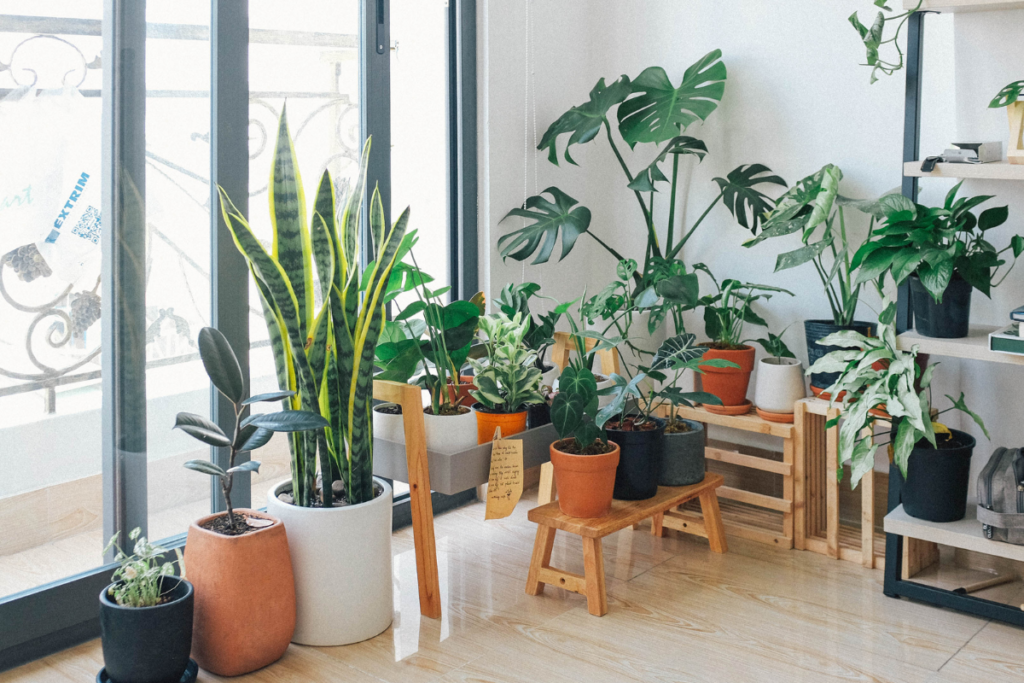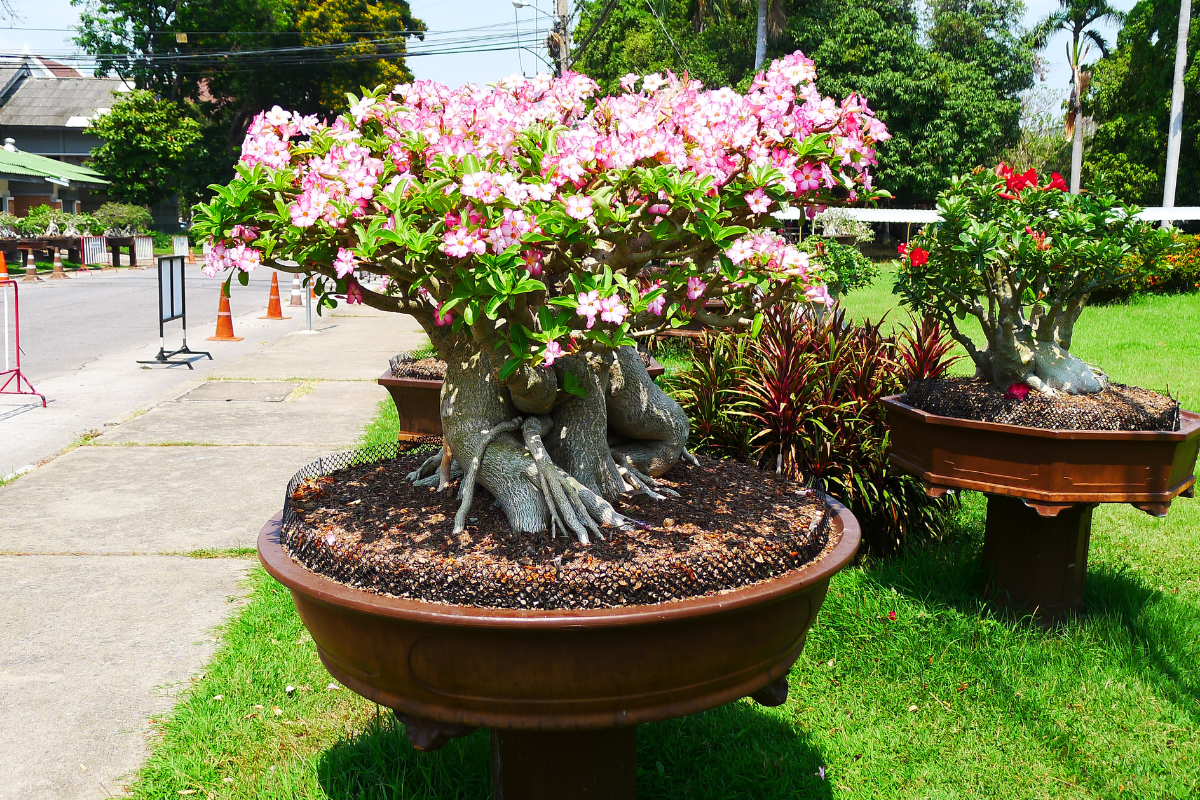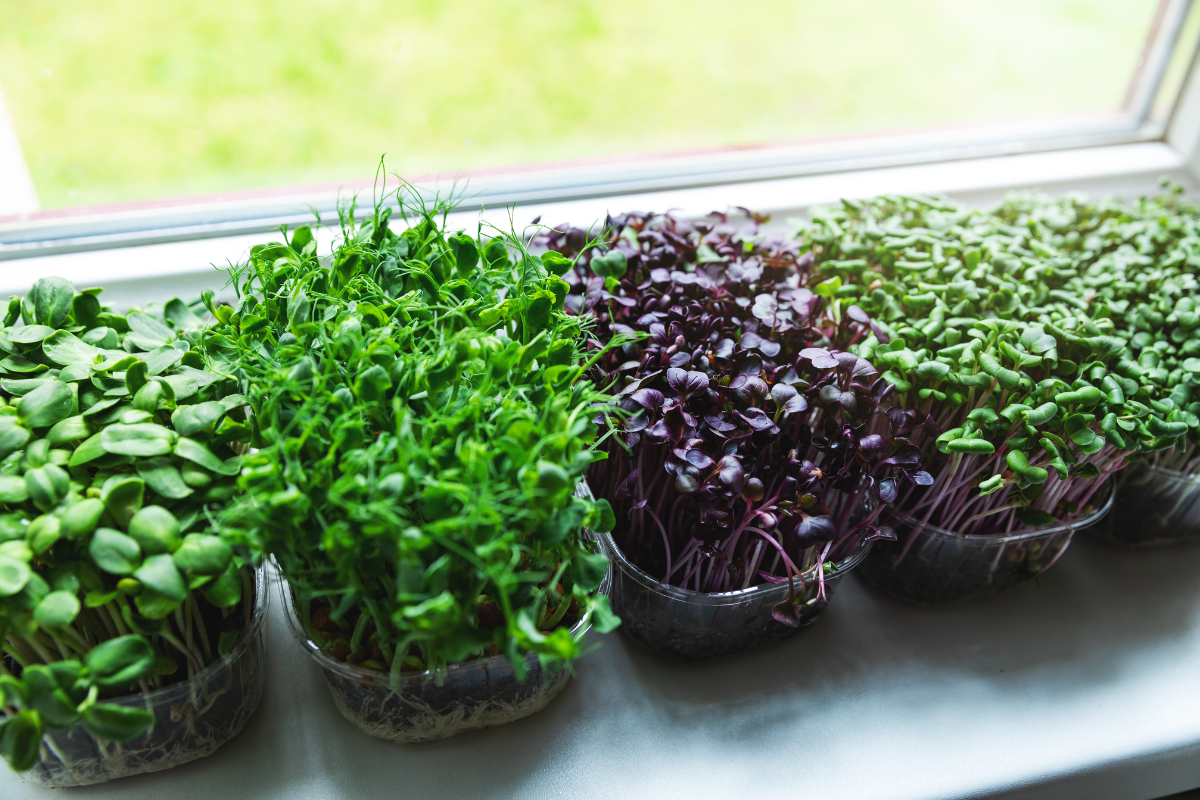Are you tired of the constant noise pollution in your home or office? Do you find yourself struggling to concentrate due to distracting sounds around you? Well, fear not!
The solution may be simpler than you think. Adding sound-absorbing plants to your space can significantly reduce unwanted background noise while adding a touch of greenery and natural beauty to your surroundings.
In this post, we’ll introduce you to the top six sound absorbing plants that are easy to care for and will transform your environment into a more peaceful and productive space.
Table of Contents
If you’re looking for ways to reduce noise pollution in your home or office, one option is to add sound-absorbing plants.
These types of plants can help to create a more peaceful and quiet environment, and they have a number of other benefits as well.
Here are some of the top sound-absorbing plants for your space:
Weeping Fig
It has large spread leaves, and they are native to the regions of southeast Asia and India. Not just the leaves but also the arching branches of the plant helps in absorbing the sound to a greater extent.

They are also good at cleaning the environment. They need an adequate dosage of lighting during the day. Don’t overwater the plant and make sure the pot is well drained.
Place the plant under direct sunlight for half an hour or one hour a day. The soil just staying moist is enough. This plant is a heavy feeder and needs a moderate fertilizer dosage for better growth.
Peace Lillies
If you’re looking for a plant that does double duty by reducing noise pollution and adding some beauty to your space, the peace lily is a great option.
This tropical plant is known for its white flowers, which bloom throughout the year. But the peace lily also does an excellent job of absorbing sound, making it an ideal choice for reducing noise pollution in your home or office.

The bright leaves are great are absorbing the sound and vibrations keeping the environment noise free.
The peace lily is a relatively low-maintenance plant, which is another bonus if you’re looking to reduce noise pollution without spending a lot of time and effort on upkeep.
They don’t require too much sunlight or water requirements and they don’t need a lot of fertilizers as well. Fertilizing once a year is more than enough.
With proper care, your peace lily can thrive for many years, providing both beauty and noise reduction benefits for your space.
Rubber plant
They are the thickest elasticas and they grow in a large size. They can absorb mid to high-range frequencies.
They can reduce noise to an extent. They have shiny emerald-green leaves. They can grow over 3 feet tall and can easily absorb and block sound waves.

Though in their natural environment, they are capable of growing up to 80 feet tall trees. But indoors they are easy to maintain and require very little water. Using fertilizer twice a year is sufficient
If you are looking for a sound absorbing plant that is both stylish and effective, the rubber plant is a great option. Native to Africa, the rubber plant is a large evergreen with glossy, dark green leaves.
The thick leaves of the rubber plant help to absorb sound waves, making it an effective natural noise reducer.
English Ivy
If you’re looking for a fast-growing, easy-to-care-for option that will quickly fill in an empty wall or bare corner, look no further than English ivy (Hedera helix).
This classic evergreen climber is known for its glossy green leaves and its ability to tolerate a wide range of growing conditions.
English ivy is a vigorous grower and can reach up to 50 feet in length if left unchecked. However, it can easily be controlled by trimming it back as needed.

It’s also relatively drought tolerant, making it a good choice for low-maintenance gardens.
In terms of sound absorption, English ivy has been shown to be effective at reducing noise levels by up to 10 decibels.
So if you live in a noisy area or simply want to create a more peaceful indoor environment, this is a plant worth considering.
Boston Fern
Boston ferns are one of the most popular houseplants and for good reason. They’re easy to care for, thrive in humid environments, and are known for their ability to improve air quality.
But did you know that Boston ferns can also help reduce noise pollution?
That’s right, Boston ferns are excellent at absorbing sound waves, making them ideal for spaces where noise levels are high.

Whether you live in a busy city or simply have a lot of traffic noise coming into your home, placing a few Boston ferns around the room can help create a more peaceful environment.
So if you’re looking for a way to reduce noise pollution in your home or office, consider adding some Boston ferns to your space!
Norfolk island pine
They are the Christmas plants that you find everywhere during the Christmas season. It is not an indoor plant but a tree, it can grow up to 100 feet in its natural environment.

They still grow indoors as well but the rate of growth is extremely low. You can transplant them if they grow bigger. they need a little sunlight and a misting to grow.
Money tree
They have bushy leaves that trap sound and have better noise absorption. They need filtered white light and cannot survive direct sunlight.
Don’t overwater them and let the soil dry up before watering them.
Fiddle leaf fig
These plants require highly humid areas and are best suited to be placed in bathrooms and other wet and humid areas. They grow bigger and their huge and wide leaves are great at absorbing the sounds better.
Conclusion
Reducing noise pollution can be a challenge, but with the help of sound absorbing plants, you can create a peaceful oasis in any space.
Whether it’s in your home or office, these plants will make sure that all unwanted background noise is effectively dampened.
We hope this article has helped you find the perfect sound absorbers for your own environment!



